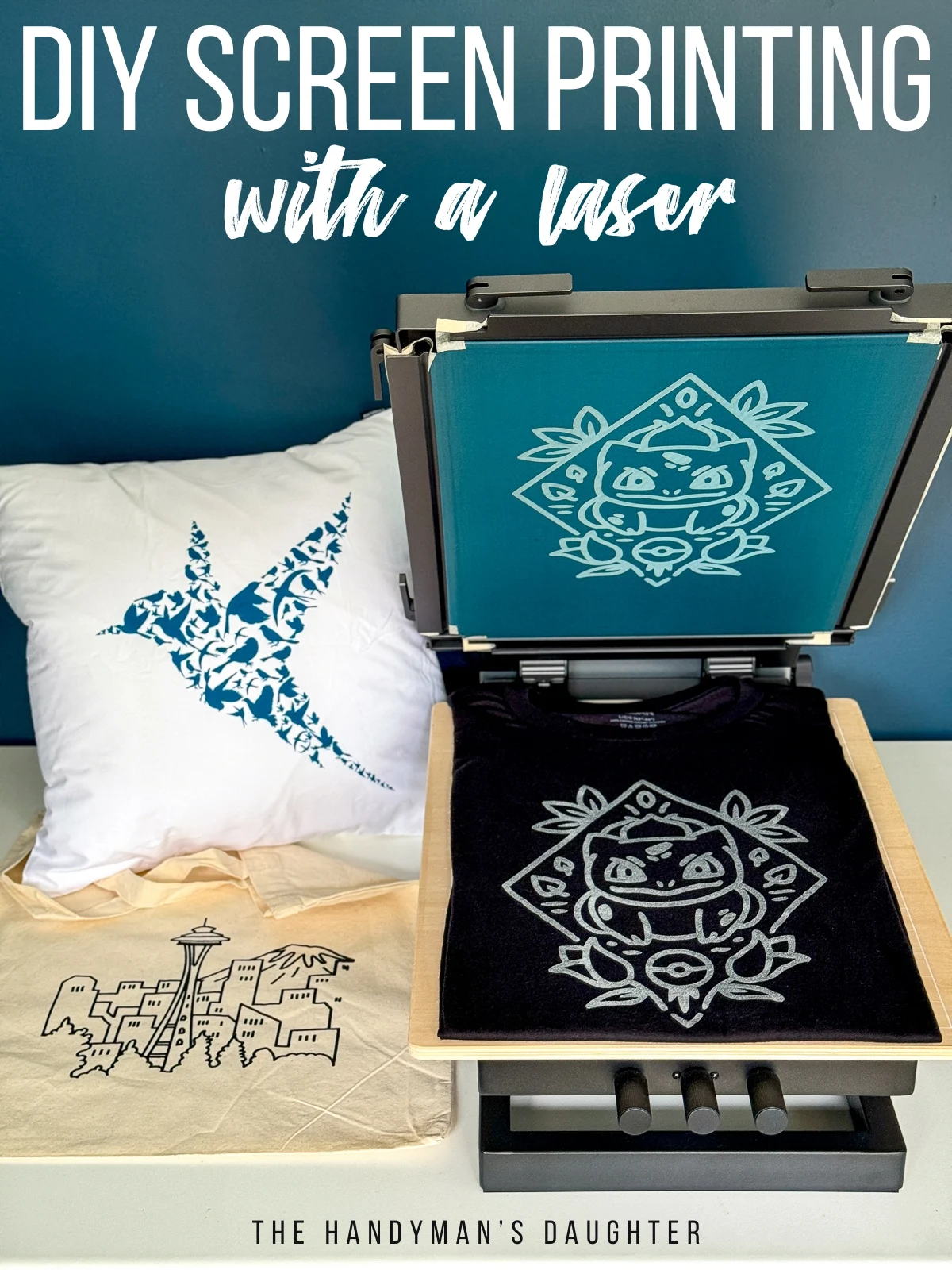The Vital Overview to Understanding Screen Printing and Its Versatile Makes use of
Screen printing has an abundant background that dates back to old times, evolving right into a sophisticated technique utilized throughout numerous industries today. This guide explores the complexities of the screen printing process, detailing its applications in fashion, advertising, and home style - 10:9 Design Company. Understanding these principles can open up innovative potential for both commercial and creative jobs. The complying with areas will expose essential suggestions and methods to boost one's screen printing ventures
The Background of Screen Printing
Although screen printing has origins that map back centuries, its evolution reflects the creative and technological developments of numerous cultures. Coming from old China, the method was initially used for embellishing textiles and later spread to Japan, where it became indispensable to Ukiyo-e woodblock printing. The technique moved to Europe in the 18th century, where it acquired popularity among artisans and commercial printers. The invention of photo solution in the 20th century transformed screen printing, permitting more elaborate styles and greater effectiveness. Artists like Andy Warhol even more moved its appeal, making use of the medium to develop famous works that combined commercialism and fine art. By the late 20th century, screen printing had developed itself as a versatile technique, used in style, advertising and marketing, and art. Today, it proceeds to progress, integrating electronic technology and broadening its applications across various sectors.
The Screen Printing Process Explained
Screen printing changes imaginative visions right into tangible styles with a series of exact actions. An image is created and then moved onto a screen, generally made of great mesh fabric extended over a framework. A light-sensitive emulsion is put on the screen, which is exposed to light, setting in locations not covered by the image. After rinsing the unhardened solution, a stencil is formed.
Next off, the screen is put over the substratum, whether it be fabric, paper, or one more material. Ink is after that pushed with the open areas of the stencil utilizing a squeegee, depositing the style onto the substratum listed below. This procedure can be duplicated for multiple colors, needing separate screens for every shade. Ultimately, the published item is healed making use of warmth to guarantee the ink adheres appropriately, causing a long lasting, vivid design ready for usage.
Kinds of Screen Printing Techniques

Additionally, specialized strategies, such as discharge screen printing, get rid of color from the textile to create softer prints, while foil screen printing uses metallic foil to accomplish a shiny finish (10:9 Design contact). Each method offers distinct characteristics, accommodating different innovative requirements and production ranges, ultimately broadening the possibilities within the screen printing domain name
Applications of Screen Printing in Various Industries

In addition, the signage and marketing markets use screen printing for producing captivating screens and banners. This method permits vibrant shades and complex styles that record interest. In electronics, screen printing is utilized for applying conductive inks to circuit card, important for part links. Furthermore, the home décor market welcomes screen printing to create unique designs on fabrics and wall art. Generally, screen printing acts as a vital tool throughout diverse areas, enhancing products with personalized and visually attractive graphics.
Tips for Successful Screen Printing Projects
While embarking on a screen printing task, cautious interest to detail can significantly enhance the final result. Selecting top quality materials is essential; read more this consists of the screen, inks, and substrates. Using suitable mesh counts can impact ink deposition and detail resolution. Prep work is similarly vital; comprehensive cleaning of screens and proper exposure times assure crisp prints.
Next, accurate registration is important for multi-color prints. Utilizing alignment devices can aid achieve specific layering. Additionally, testing prints on scrap products prior to production helps recognize possible concerns without squandering resources.

Often Asked Inquiries
What Products Are Ideal for Screen Printing on Material?
Cotton and polyester blends are ideal for screen printing on material as a result of their sturdiness and ink absorption. Additionally, specialty textiles like silk or canvas can generate special appearances and coatings, boosting the general design quality.
How Do I Tidy and Maintain Screen Printing Tools?
To clean and maintain screen printing devices, one should regularly clean screens with suitable solvents, inspect mops for wear, lube relocating parts, and store all things in a dry, dust-free atmosphere to prolong their lifespan.
What Are the Environmental Influences of Screen Printing?
Screen printing can have significant ecological effects, consisting of chemical waste from solvents and inks, water usage throughout cleansing procedures, and power intake. Sustainable techniques and green products are vital for decreasing these unfavorable impacts.
Can Screen Printing Be Done at Home Properly?
Screen printing can be successfully done at home with the ideal products and techniques. Hobbyists can produce high quality prints, though success relies on their skill degree, equipment, and understanding of the process entailed.
What Are the Costs Related To Beginning a Screen Printing Service?

Starting a screen printing service involves expenses for tools, materials, and office. Preliminary expenses commonly range from a few hundred to numerous thousand dollars, depending on the range, quality of equipment, and desired production capability.
Screen printing has an abundant background that dates back to ancient times, advancing into an advanced technique made use of throughout numerous markets today. An additional method, rotary screen printing, uses cylindrical screens, facilitating continual printing on textile rolls, thus boosting efficiency for massive productions. Additionally, specialty techniques, such as discharge screen printing, eliminate color from the textile to develop softer prints, while foil screen printing uses metallic foil to attain a glossy coating. In the fashion market, screen printing is extensively utilized to produce dynamic designs on garments, enabling brand names to display their one-of-a-kind designs. Cotton and polyester blends are perfect for screen printing on material due to their longevity and ink absorption.